The Huawei Mate 30 Pro is the Chinese manufacturer’s latest flagship smartphone and comes with a 6.53-inch OLED display, a 4,500 mAh battery, and Huawei’s brand-new Kirin 990 chipset.
The rear camera features a total of four modules, including a time-of-flight (ToF) sensor for 3D improved depth-sensing in bokeh mode. On paper, the primary camera’s hardware specs are the same as last year’s P30 Pro model, with a 40Mp Quad-Bayer sensor and a f/1.7-aperture lens. But the Mate 30 Pro doesn’t get the P30 Pro’s 5x tele; instead it uses a 3x tele module very similar to what we saw in the (non-Pro) P30. The ultra-wide camera is brand new, however. At 18mm, it is far from the widest we have seen, but has a very large 1/1.54″ sensor, a fast f/1.8 aperture, and unusually, a 3:2 aspect ratio.
On the software side of things, the new Huawei makes use of the Kirin chipset’s improved processing power and deploys a new AI-RAW algorithm that uses artificial intelligence to optimize demosaicing from the Quad-Bayer sensor pattern to RGB image output, along with noise reduction at a RAW level. When zooming, the system can create a super-resolution model at RAW level for better textures and detail. Read on to find out how the new hardware and software work together in our full camera review.
Key camera specifications:
- Quad-camera, including ToF sensor
- Primary: 40Mp 1/1.7″ sensor, 27mm-equivalent f/1.6-aperture lens, PDAF, OIS
- Ultra-wide: 40Mp 1/1.54″ sensor, 18mm-equivalent f/1.8-aperture lens, PDAF
- Tele: 8Mp 1/4″ sensor, 80mm-equivalent f/2.4-aperture lens, PDAF, OIS
- ToF 3D depth-sensing camera
- Dual-LED flash
- 4K video, 2160p/60fps (2160p/30fps default)
Please note: The camera firmware used for the DXOMARK tests is not yet currently available to consumers. Huawei will make it available as an update in the near future.
About DXOMARK Camera tests: For scoring and analysis in our smartphone camera reviews, DXOMARK engineers capture and evaluate over 1600 test images and more than 2 hours of video both in controlled lab environments and in natural indoor and outdoor scenes, using the camera’s default settings. This article is designed to highlight the most important results of our testing. For more information about the DXOMARK Mobile test protocol, click here. More details on how we score smartphone cameras are available here.
Test summary


At an overall DXOMARK Camera score of 121, the Huawei Mate 30 Pro is the new number one in our smartphone camera ranking. The new record is largely due to a phenomenal Photo score of 132, a full six points ahead of the previous leader, the Samsung Galaxy Note 10+ 5G.
The Mate 30 Pro delivers excellent results in almost all still image categories, but really shines for texture and noise. The Huawei achieves the top scores for both attributes individually, which is unusual, given that a noise-free image typically mean a loss of detail and vice-versa. The Mate 30 Pro camera is capable of balancing the two attributes perfectly, however, recording good texture and detail in almost all conditions while keeping noise levels very low. Noise is truly visible only in very low light.
The new Huawei also performs very well for exposure and color. Images are well-exposed down to very low light levels and a wide dynamic range ensures good shadow and highlight detail in difficult high-contrast scenes. Color was a bit of a weakness on the P30 Pro, but color on the Mate 30 Pro is noticeably more saturated and white balance is more stable, with only some very occasional slight color casts.
Further, the test device achieves a first-place score for our new Night low-light category. It performs very well with the flash forced on, and cleverly switches between flash use and shooting with only ambient light in flash-auto mode, usually picking the method that’s most suited to the scene. It also does well with the flash deactivated. Noise levels are low in all situations, but we observed some unnaturally high saturation and slight image softness in some test scenes.
The new Mate comes with a more conventional 3x tele-lens instead of relying on the P30 Pro’s 5x folded optics. However, thanks to the new AI-RAW algorithm, it actually records better detail than its stablemate at short and medium-range zoom. Only at long range does it not keep up with the more complex lens construction of the P-series flagship. Overall, the Mate 30 Pro is one of the best devices for zoom.
Bokeh simulation results show excellent depth estimation and detail, but images can be slightly undersaturated, and we noticed a lack of dynamic range. The dedicated wide-angle camera captures good image quality in most situations, but has one important flaw: at 18mm, its field of view is quite a bit narrower than for some competitors, meaning that the Huawei won’t let you squeeze as much scene into the frame as, for example, the latest Samsung Galaxy high-end models with their 12mm-equivalent lenses.
The Mate 30 Pro can’t take over the number one spot for Video, but with a score of 100, it is only one point shy of the top-ranked Galaxy Note 10+ 5G. It shoots 4K footage by default, resulting in excellent texture, while at the same time keeping noise levels low until light conditions get very dim. Target exposure is good down to very low light as well, and despite a lack of HDR recording, footage shows good shadow and highlight detail. Both autofocus and stabilization work effectively, too. The AF is stable and fast in all situations and tracks moving subjects well, and the Mate’s stabilization system keeps things steady when walking while recording or when keeping the camera still.
Photo scores explained
The Huawei Mate 30 Pro’s achieves a Photo score of 132 points, the best of all devices tested to date. The Photo score is calculated from sub-scores in tests that examine different aspects of a device’s performance for still images under different lighting conditions. In this section, we take a closer look at how these sub-scores were determined and compare image quality against some key competitors.

Exposure and Contrast
Huawei Mate 30 Pro
96
The Huawei Mate 30 achieves an excellent score for Exposure, thanks to accurate target exposure in most situations, including in very low light down to 1 lux, along with a wide dynamic range that helps capture both shadow and highlight detail in high-contrast scenes. Unlike the latest iPhones, the Mate 30 Pro does not show the HDR effect in the image preview, however, making for a slightly worse user experience. In the comparison shot below, you can see that the Mate 30 Pro is capable of achieving good exposure on the subject’s face as well as on the background in this difficult scene. The P30 Pro slightly underexposes the subject, while the Samsung exposure is similar to the Mate 30 Pro’s—but with contrast a touch lower, making the image look a little flatter.
Dynamic range is also very good and has improved compared to the P30 Pro, as you can see in the samples below. The Mate 30 Pro captures good detail in both the dark foreground area and the bright background. This said, the Samsung Galaxy S10 5G’s dynamic range is visibly wider, recording the blue sky outside and even more shadow detail in the foreground.

Color
Huawei Mate 30 Pro
88
The Mate 30 Pro also scores very well for color, tying the Note 10+ 5G for the top score in our ranking. The Mate image output shows noticeably better saturation than the P30 Pro, eliminating one of the main weaknesses of the older model. The Mate 30 Pro also does away with the P30 Pro’s white balance issues and color casts, performing noticeably better for color overall. It also controls color shading very well generally, with only slightly noticeable shading in extreme low-light shots. We sometimes also saw some slightly yellow/greenish color rendering, but it’s not a major issue.
The difference in saturation to the P30 Pro is quite visible in the sample shots below. The S10 5G image shows even slightly stronger saturation than the Mate 30 Pro, however.
The Huawei Mate 30 Pro autofocus performed very well in our lab tests. It is very quick and reliably achieves accurate focus in a repeatable way. You can see in our comparison graph below that even in low light, the Mate 30 Pro autofocus locks on immediately and very consistently with both short and long delays after defocusing the camera.

Texture
Huawei Mate 30 Pro
83

Noise
Huawei Mate 30 Pro
81
Update as of 31 October 2019: The latest tested devices introduced advanced technologies that dramatically enhance details. To highlight these new capabilities, we decided to reshape our texture evaluation scale to award the best-performing devices a higher score.
The Texture/Noise balance is a real highlight of the Mate 30 Pro image quality performance, with the device achieving new top scores for both attributes. This is highly unusual, as the two measurements are usually negatively correlated. The Mate 30 Pro not only renders the best detail we have seen on a smartphone this far, with good preservation of fine textures, no oversharpening, and no ringing; moreover, it also controls image noise extremely well. Noise is barely visible in bright light and in indoor conditions, and becomes more noticeable only at light levels of 5 lux and lower.
You can see in the following comparison samples that the Mate 30 Pro is sharper and shows more fine detail and textures on the building in the background than both the P30 Pro and the Galaxy S10 5G.
While overall detail is excellent, the Mate 30 Pro occasionally has some issues with detail rendering on faces. In these shots, it has blurred the skin on the subject’s face, resulting a coarse and unnatural rendering of the freckles. This effect is noticeably less pronounced on the P30 Pro. The Mate 30 Pro renders hair and other details nicely, however.
The Mate 30 Pro achieves a good score in this category and generally controls artifacts very well. We deducted some points for occasionally-visible flare and for some aliasing issues, including moiré patterns. However, none of these effects are very intrusive overall.

Zoom
Huawei Mate 30 Pro
91
The Mate 30 Pro does not come with the P30 Pro’s 5x optical tele-lens, instead using a 3x solution very similar to that of the standard P30. Still, the optical tele in combination with the new AI-RAW algorithms allows for good zoom results at medium and long range. In the shots below, you can see that the Mate 30 Pro captures even better detail at medium range than the P30 Pro. This is because it can fully rely on its dedicated tele-lens at this range, while the P30 Pro uses its field-of-view fusion algorithm, only making full use of the tele-lens from a 5x zoom factor.
This situation is reversed at long zoom ranges, at which the P30 Pro’s 5x tele can capture better detail than the Mate 30 Pro. This said, the latter’s detail rendering is still very nice and much better than the Samsung Galaxy S10 5G’s. The Mate 30 Pro’s color rendering and HDR processing are also better than the competitors’.
It’s worth noting that we observed some rendering inconsistencies when using the zoom on the Mate 30 Pro, with a small proportion of shots showing noticeably reduced levels of detail. It’s not quite clear what exactly causes this issue. It appears to occur with some scenes, and not with others, but there is no clear pattern.
We also noticed that the transition between the primary and the tele camera is quite abrupt and much more noticeable in the preview image than on the iPhone 11 Pro, which manages a very smooth transition.

Bokeh
Huawei Mate 30 Pro
70
The Mate 30 Pro doesn’t use its tele-lens in Portrait mode because the focal length might be too long for some situations, especially indoors. Instead, it uses its primary camera, the time-of-flight sensor, and a super-resolution algorithm to enhance detail. This works well, but can create some issues for skin textures. In the sample below, you can see some circular lines along the large clipped area on the subject’s forehead.
Depth estimation is excellent, however, and has particularly improved for fine details such as hair. When the camera detects a plain background, such as a blue sky, it does not attempt to blur the areas around the subject, avoiding the accidental blurring of hair or other details, and creating an overall quite natural effect that is closer to what you’d get from a DSLR than most smartphones.
We observed a lack of saturation and sometimes slightly limited dynamic range in some images. The sample below also shows some color artifacts in the model’s hair, but the Mate 30 Pro does very well in this category overall and achieves a good score.
The Mate 30 Pro’s excellent depth estimation is also visible in our lab scene below. The new Huawei is noticeably better at distinguishing foreground elements from the background than the P30 Pro and the S10 5G.

Wide
Huawei Mate 30 Pro
34
The Mate 30 Pro is capable of recording good image quality with its dedicated wide-angle camera, achieving good target exposure, generally good colors, and decent detail, even when shooting indoors. Only occasionally did we notice a pinkish color cast and a hue shift close to clipped areas in the frame. Most artifacts are generally well-controlled, but our testers observed some moiré patterns and anamorphosis on faces close to the edge of the frame.
The Mate 30 Pro’s big downfall in terms of wide-angle shooting is its narrow minimum focal length of 18mm. This helps keep many artifacts at bay, including distortion and soft corners, but it also means that while the Mate 30 Pro delivers very good image quality at 18mm, you simply won’t be able to squeeze as much of the scene into your frame as with competing devices. The Huawei also uses a fairly unusual (for smartphones) 3:2 aspect ratio for its wide-angle camera. You can see the difference in the field of view in the sample scene below. The P30 Pro and especially the S10 5G are capable of capturing a wider angle of view.
For the sample series below, we set the P30 Pro’s and the Samsung’s focal length to match the Mate 30 Pro’s 18mm equivalent. Under these conditions, the Mate 30 captures noticeably better detail than the competitors. Detail rendering at its native focal length is very good, while the other two devices have to apply some digital zoom, thus reducing the level of detail they capture.

Night
Huawei Mate 30 Pro
61
At 61, the Mate 30 Pro achieves the best score in our database so far for this category. The camera achieves good exposures down to very low light levels. and night cityscape shots tend to be well-exposed, with a wide dynamic range. Noise levels are low as well, which is one of the camera’s main strengths for shooting in low light. Detail can sometimes look a little soft under these conditions, though, as shown the samples below. Color saturation is high, even in low-light conditions, but this can sometimes result in slightly unnatural results—for example, in the green area towards the right edge of the image below.
The Mate 30 Pro deploys an interesting flash triggering strategy in flash-auto mode. When the scene is bright enough, the flash does not trigger and the camera still manages to achieve accurate target exposure, low noise, and a decent level of detail. Very fine detail, like the hair of the subject on the left in the image below, can be rendered slightly unnaturally in these difficult conditions, though. When the light conditions get too dim, the camera activates the flash, which secures good exposure and detail on faces, but means that a lot of the background will be underexposed. This is overall a sensible strategy for capturing good image results in almost any low-light situation.
Results in flash-on mode are quite good as well, with good target exposure, accurate white balance, good detail, and barely-visible noise. Some slight color shading is visible, especially when shooting in low ambient light, but vignetting is very well corrected for and not visible at all. At the same time, the Mate 30 Pro keeps noise levels in the corners low, which is quite impressive, given that it has to lift the brightness levels in the corners to correct vignetting.
The Huawei also comes with a dedicated night mode that performs fairly well for landscape scenes, with low noise and decent target exposure. However, we observed some color issues—for example, over-accentuated green areas.
Focus is an issue when shooting portraits, with the foreground subject often out of focus. In the shots below, exposure is similar to the P30 Pro, but detail is lower and we can see some slight fusion artifacts (look at the leaves on the tree on the right). Overall, night mode often does not perform any better than flash-auto mode and therefore doesn’t score any extra Night points for the Mate 30 Pro.
Video scores explained
Please note: the Video Autofocus score in this review was updated on October 31, 2019 after we discovered an error in our testing.
With an overall Video score 100 points, the Huawei Mate 30 Pro achieves one of the best scores for moving images in our database and is just one point shy of the best device for Video, the Samsung Galaxy Note 10+ 5G. The overall Video score is derived from performance and results across a range of attributes in the same way as the Photo score: Exposure (89), Color (90), Autofocus (93), Texture (75), Noise (77), Artifacts (78), and Stabilization (94).
The Mate 30 Pro records video at 4K resolution by default and shows the best balance between texture and noise that we have seen for video so far. It renders detail and textures nicely in most conditions and noise only really starts to become visible at 5 lux, whereas outdoors and under typical indoor conditions it is very well under control. We occasionally observed some texture artifacts in red tones when shooting indoors and in low light.
The Huawei does not offer HDR recording but is still the top performer for video exposure, thanks to good target exposure at light levels as low as 5 lux, and thanks to a wide dynamic range despite the lack of HDR. Color is good, too, with vivid hues in most conditions, good saturation, and generally pleasant white balance. We saw some slight color casts only in low light; further, we also noticed some white balance instabilities when recording outdoors in bright light. Artifacts are generally well-controlled, but include some color quantization in indoor videos and hue shifts in blue skies.
The autofocus performs just as well in video mode as it does for stills—it is fast and accurate, swiftly reacting to changes in the scene. It is stable when panning or walking; this said, the device sometimes suffers some loss of focus on moving objects.
The Mate 30 Pro’s video stabilization is on a very similar high level as the P30 Pro’s: it is very effective at compensating both for walking motion, as you can see in the sample clip below, and for camera shake (but we occasionally saw some motion blur in video frames).
Conclusion: The camera to beat
The Huawei Mate 30 Pro’s overall DXOMARK Camera score of 121 sets an impressive new benchmark for smartphone camera performance and is the device to beat in the second half of 2019. The new Mate does not show any real weaknesses in the camera department and delivers good still image and video quality in most situations. Its photo quality is very good across the board, but its texture/noise balance is truly outstanding, with excellent detail rendering in almost all conditions while keeping image noise at low levels. The wide-angle camera’s comparatively narrow field of view could be a criticism, but the wide-angle cam delivers good image quality; moreover, the Mate 30 Pro is one of the best for bokeh and zoom as well.
The Huawei Mate 30 Pro can’t quite grab the number one spot for Video from the Samsung Galaxy Note 10+ 5G, but nonetheless records moving images that are among the best we have seen, making it an easy recommendation for any users who want the best possible image quality on their smartphone and are willing to pay a premium price for it.
Photo pros
- High levels of detail in most test conditions
- Accurate target exposure in most situations
- Well-controlled noise
- Accurate depth estimation in bokeh mode
- Good detail in zoom shots at close and medium range
- Good exposure and white balance in flash-on and flash-auto modes
Video pros
- Accurate exposure in most conditions
- Well-controlled noise and good detail indoors and in bright light
- Vivid and pleasant colors
- Fast, accurate, and repeatable autofocus
- Effective stabilization
Photo cons
- Slight white balance casts in some conditions
- Some aliasing in all conditions
- Occasional focus and detail instabilities when zooming
- Comparatively narrow field of view for wide-angle cam
- Strong exposure and focus variation in flash-off mode
Video cons
- Some texture artifacts indoors and in low light
- Strong coarse noise in low light
- Some slight color casts in low light
- Some white balance instabilities outdoors


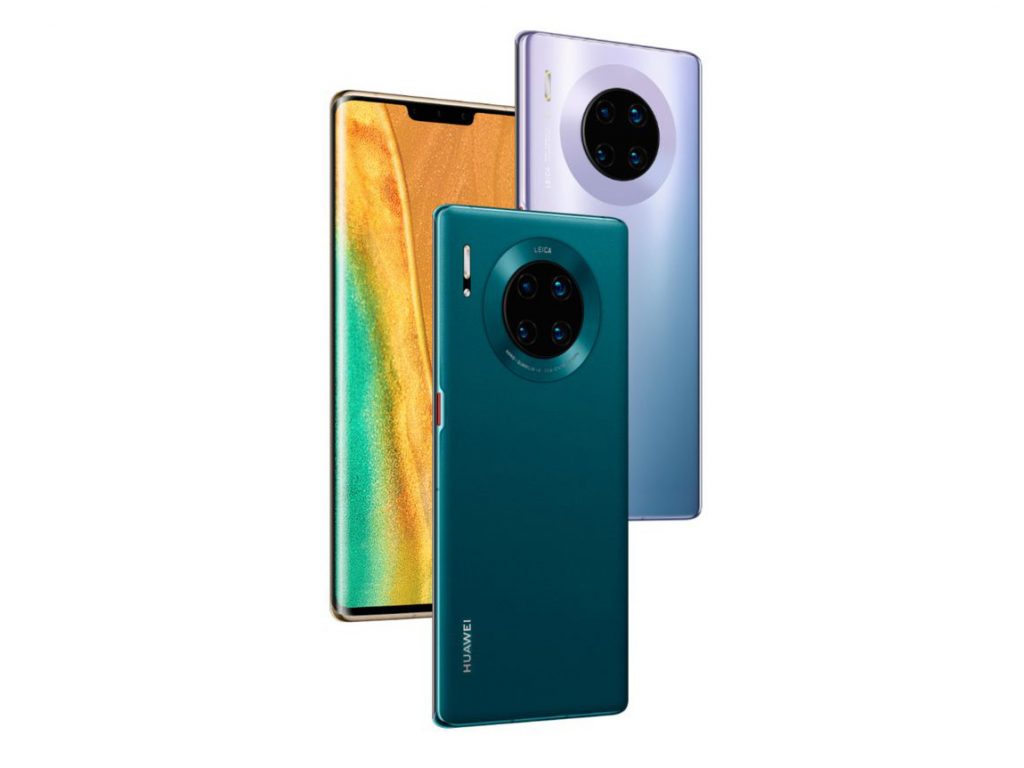

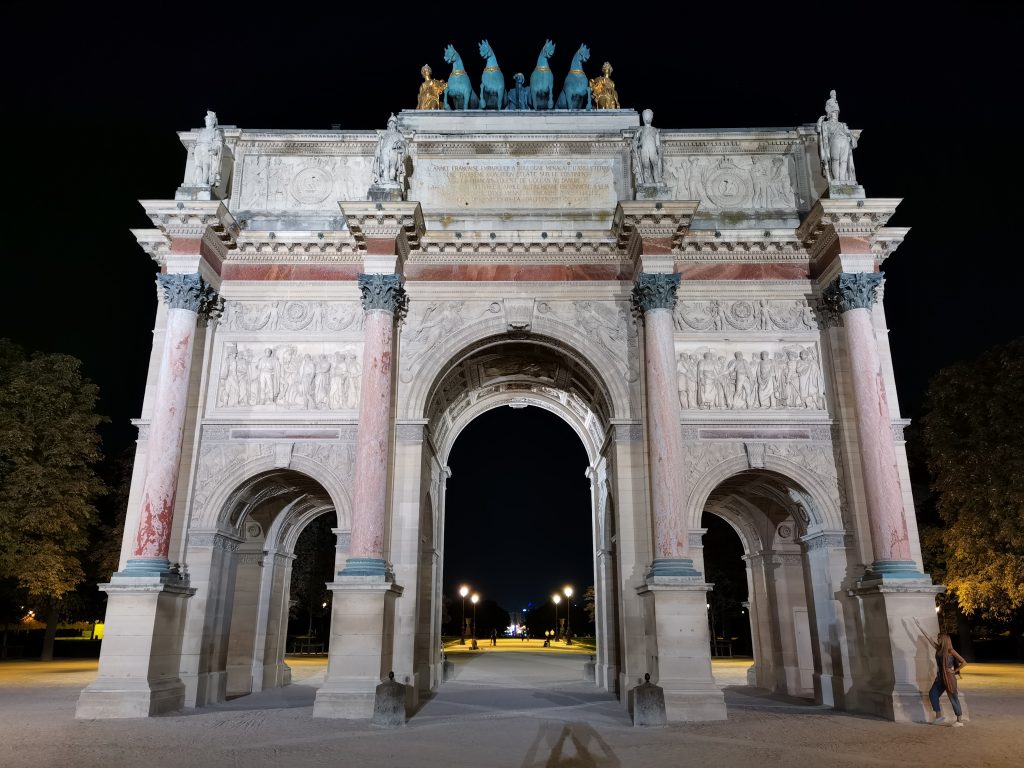



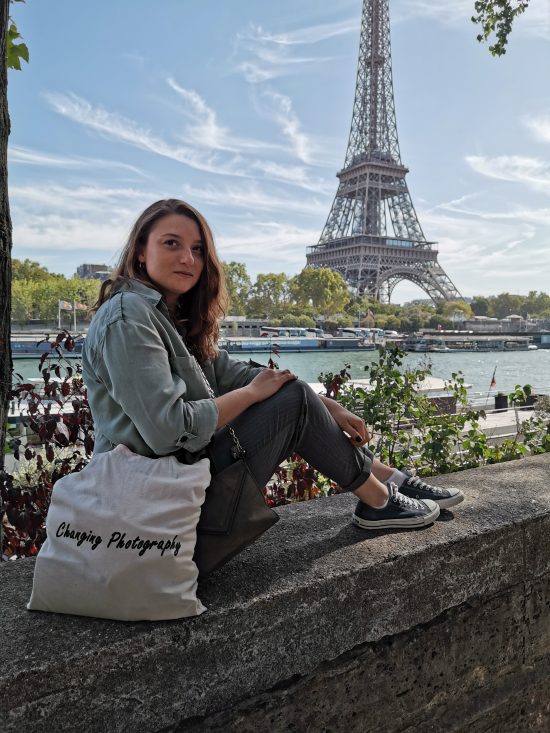

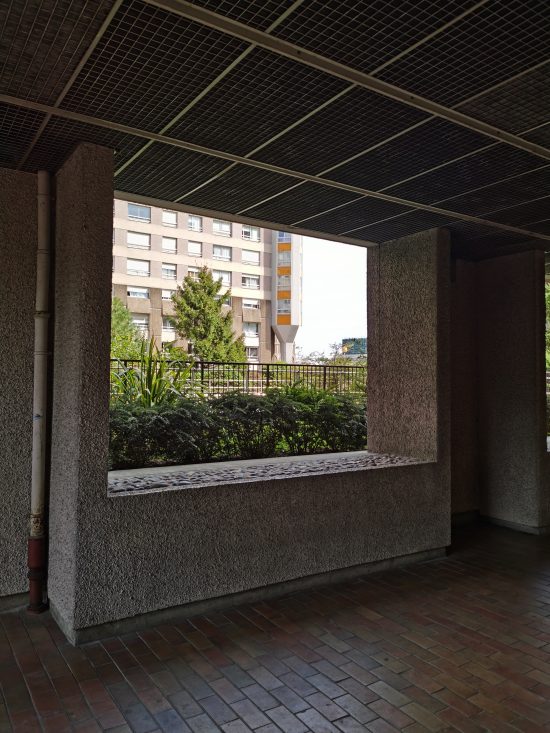
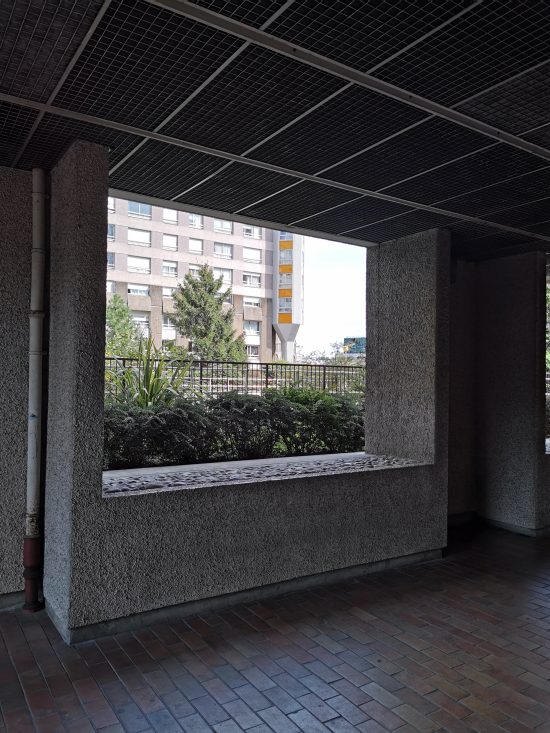
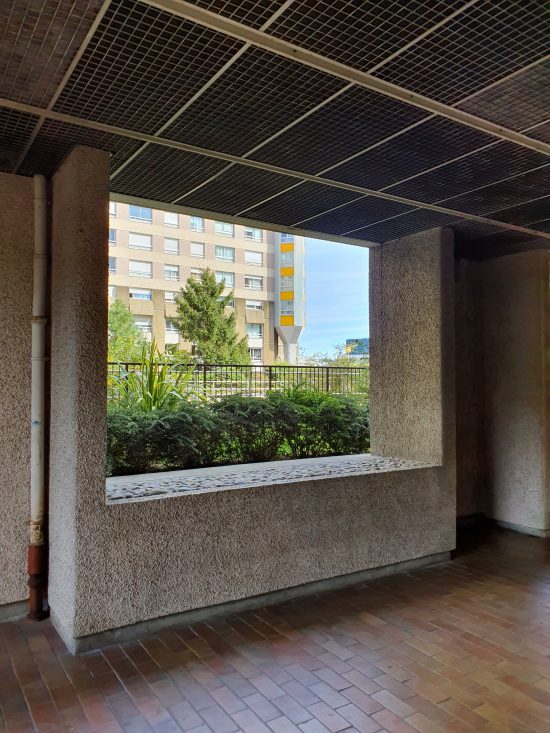
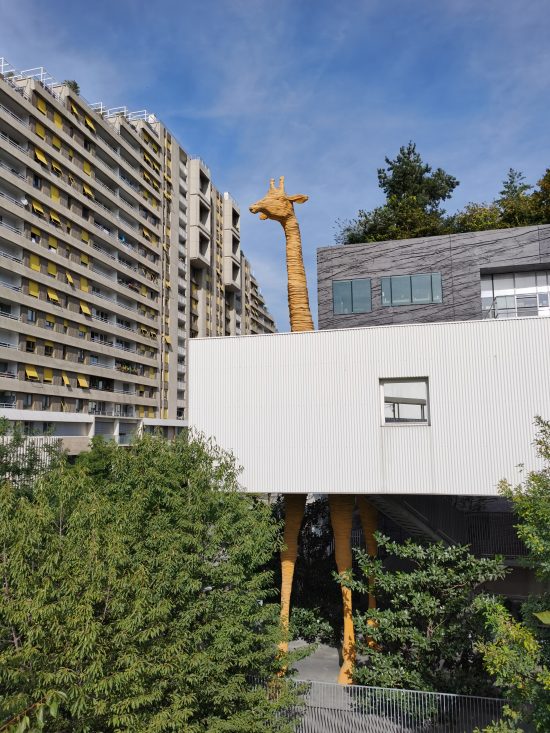
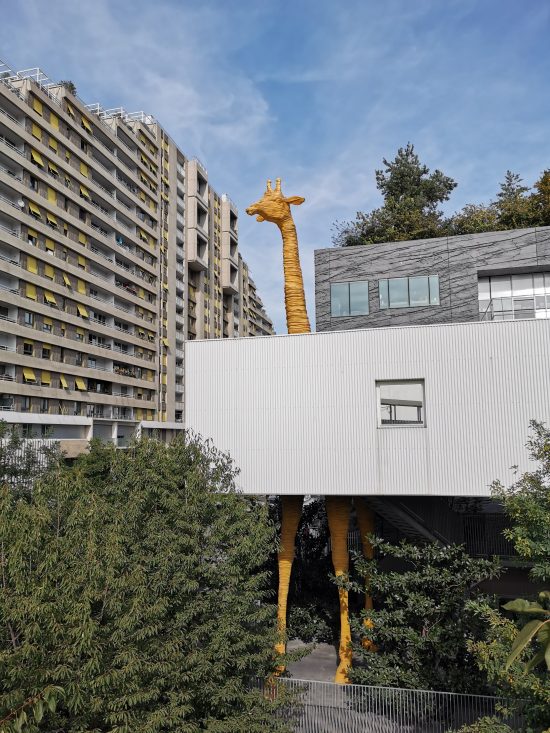

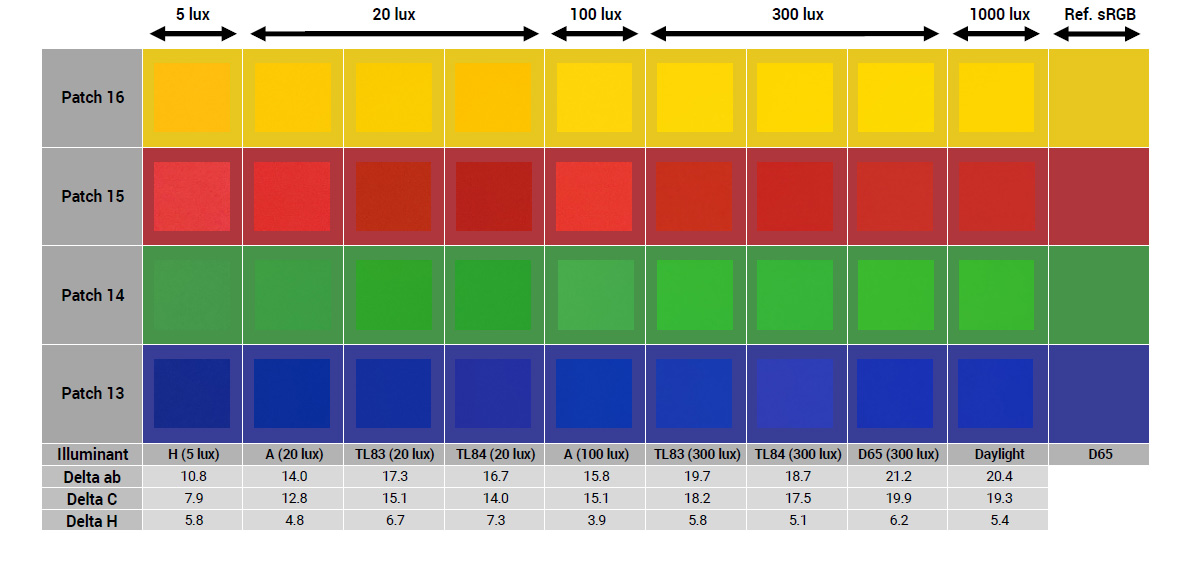

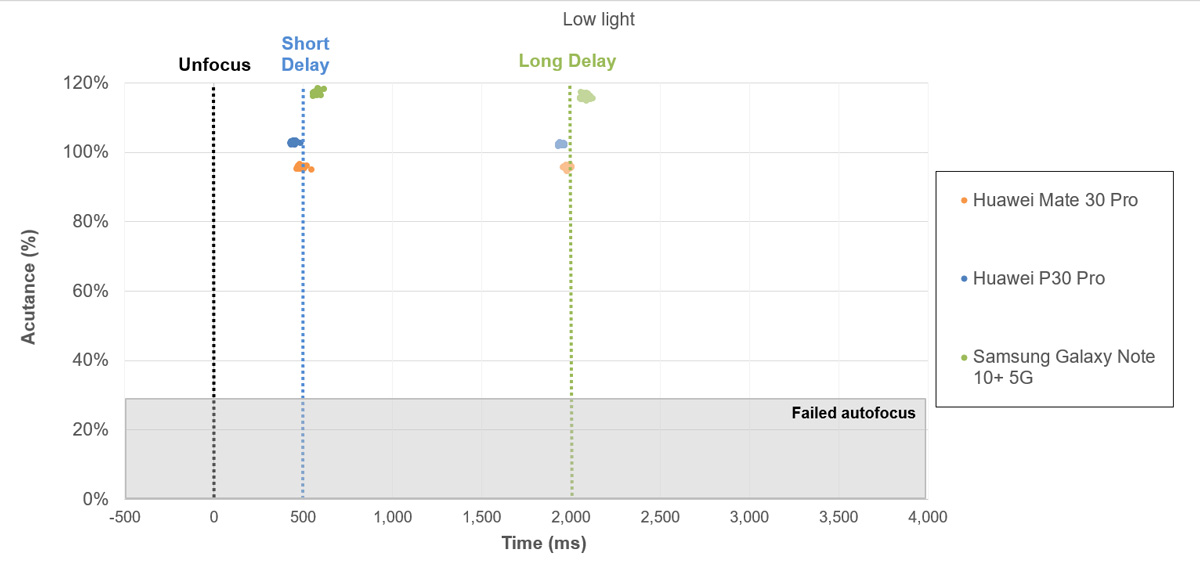
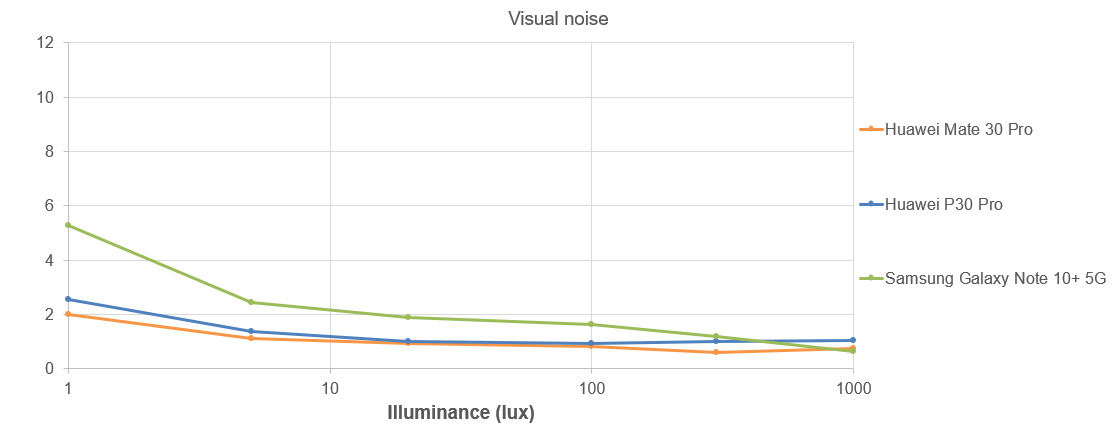







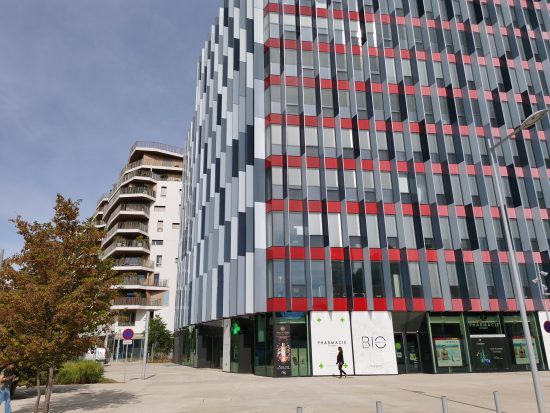
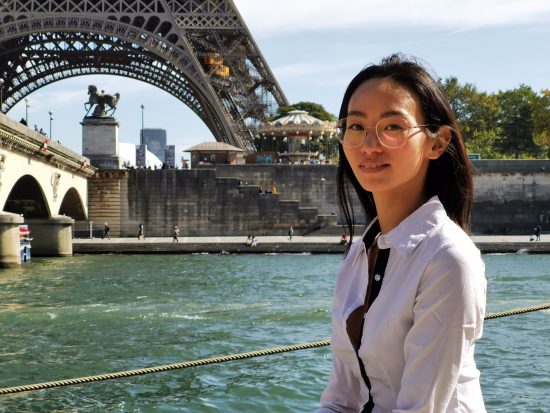




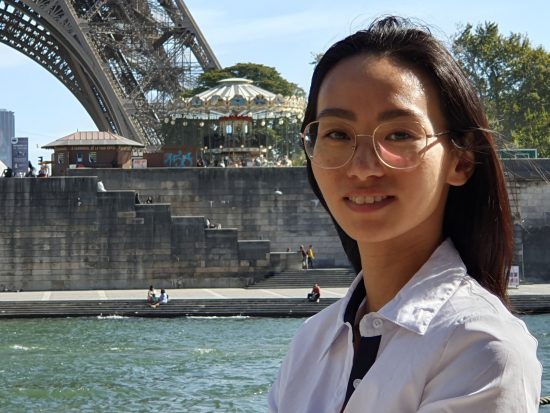





















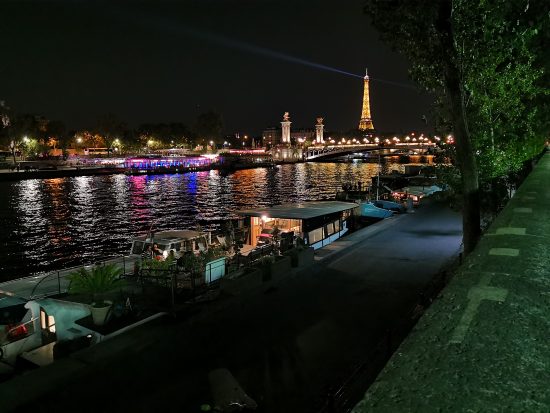
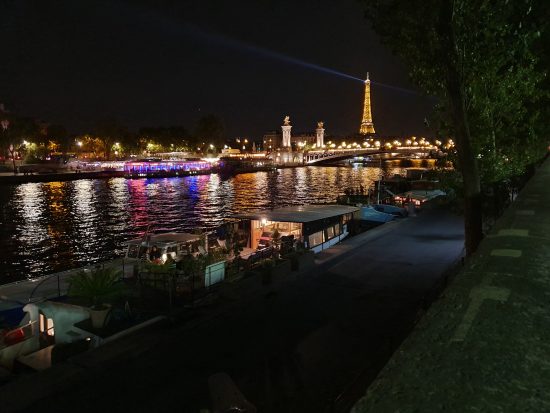


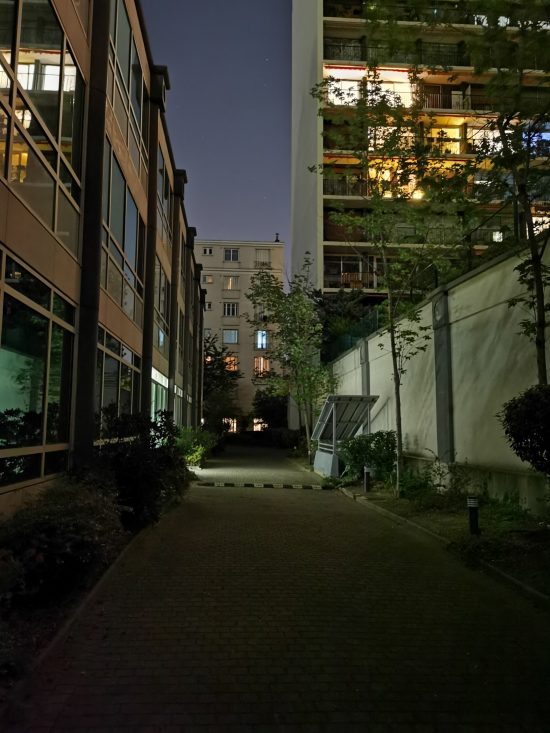
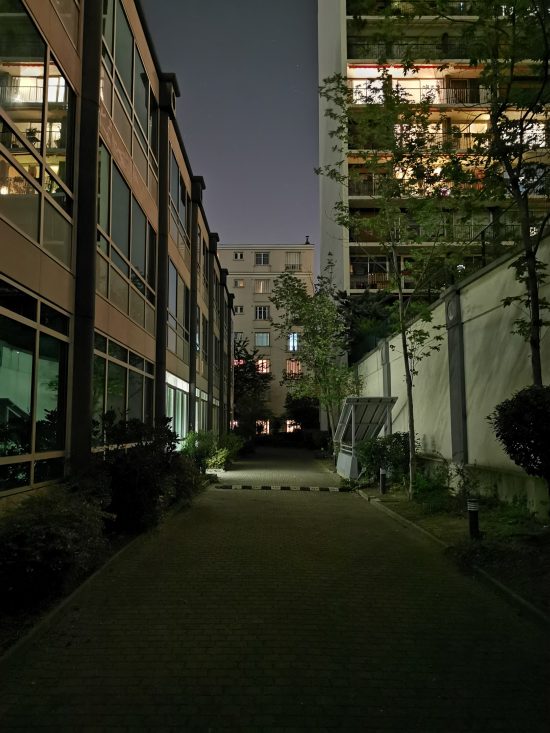
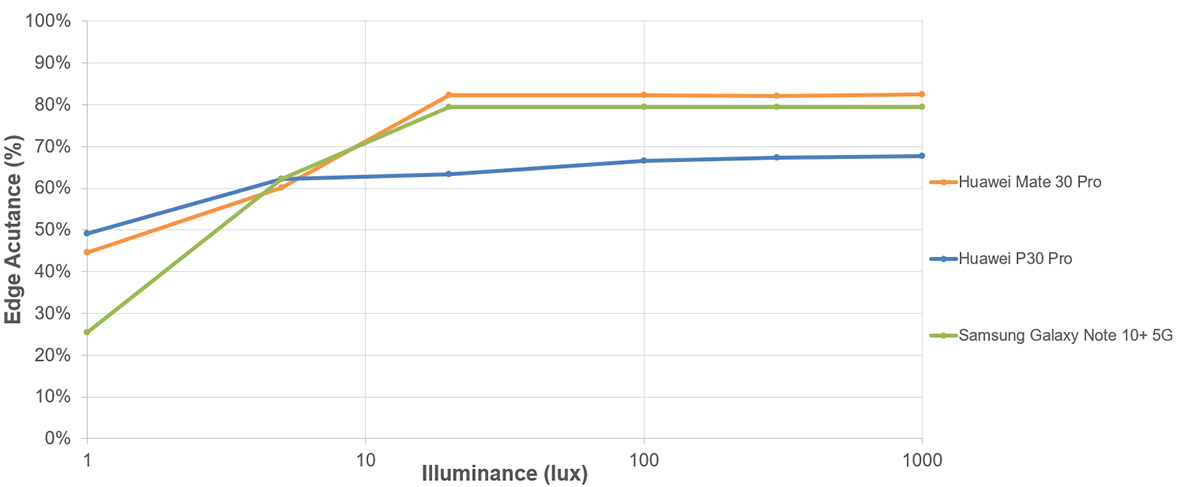
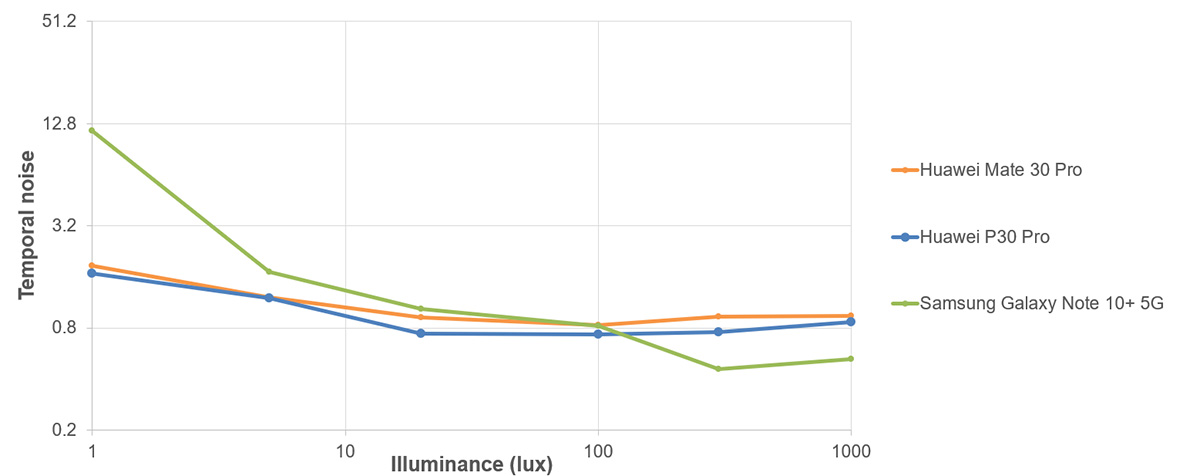
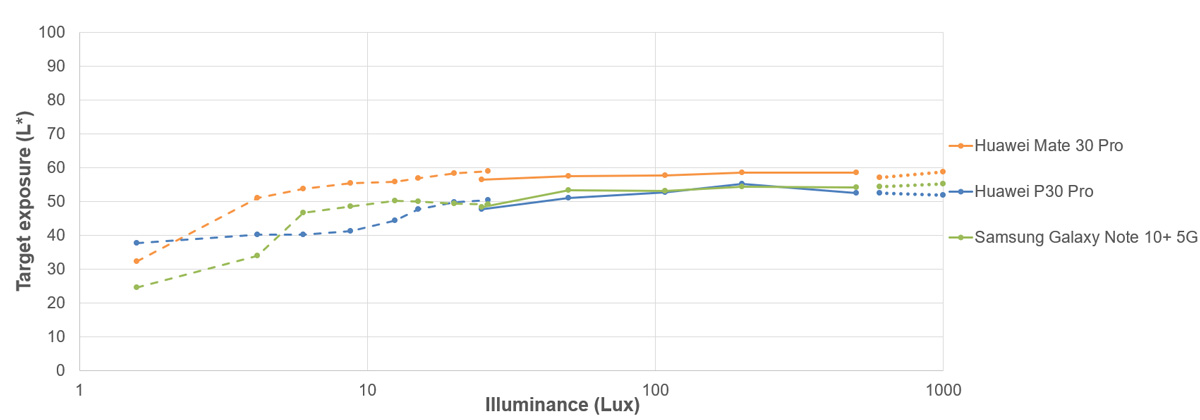
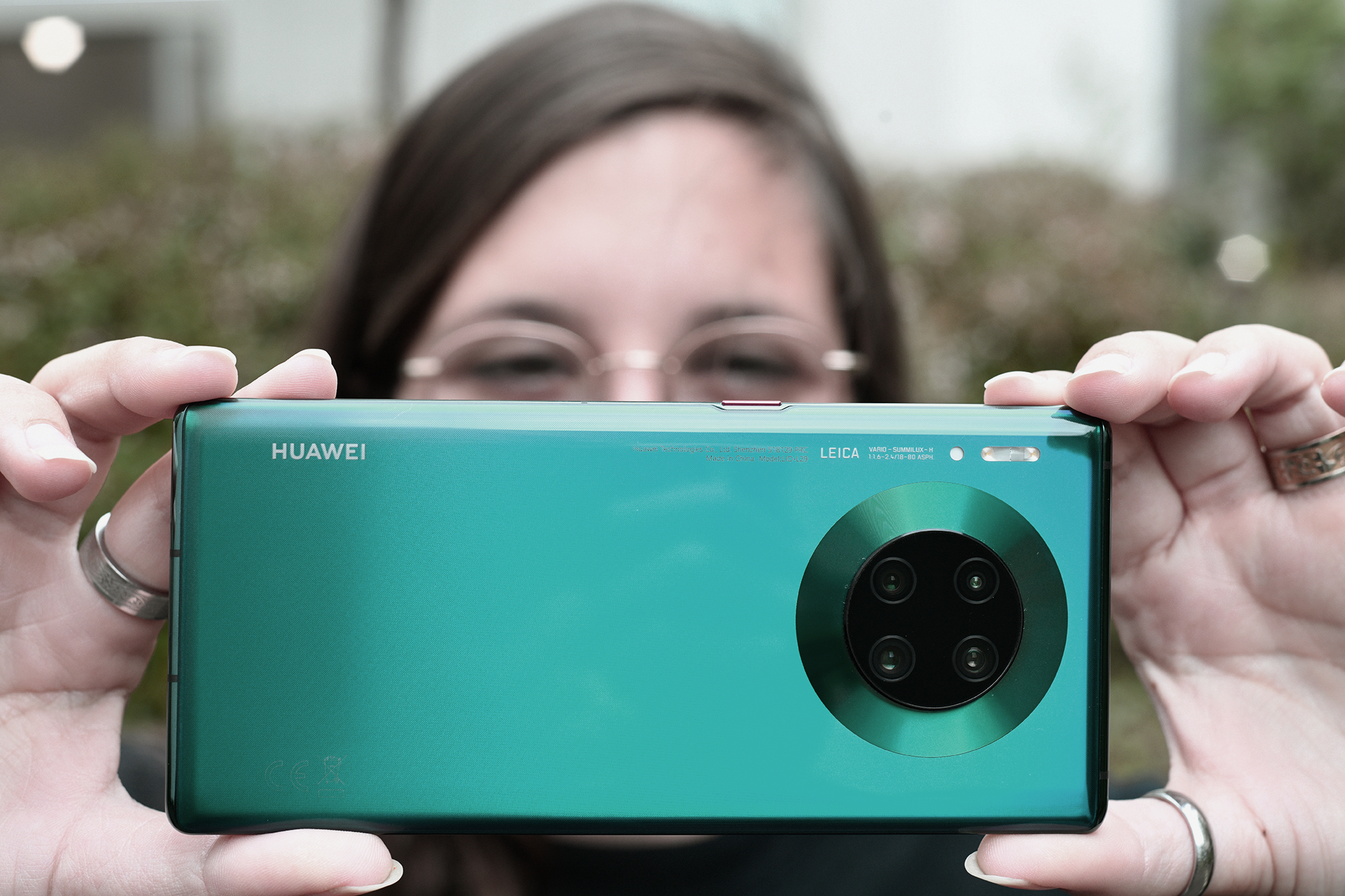


DXOMARK encourages its readers to share comments on the articles. To read or post comments, Disqus cookies are required. Change your Cookies Preferences and read more about our Comment Policy.